Confused About Full Sun?
Whether you are a new gardener or one with some experience in desert gardening, knowing which plants can survive our summers makes a huge difference to successful summer gardening in the desert climate. Perhaps the most confusing for gardeners is that seed packets state that plants can take full sun, and much to the disappointment of desert gardeners, these plants often fail when planted in Arizona or desert full sun.
Seed companies cater to the majority of gardeners who experience a full sun summer with high temperatures at 90 degrees or below. Our desert temperatures are not really considered. We have compiled a list of plants that can handle the heat. These plants can endure temperatures that are above 95 degrees in full sun all or most of the day. These temperatures are typically 100 plus days of temperatures above 100 degrees.
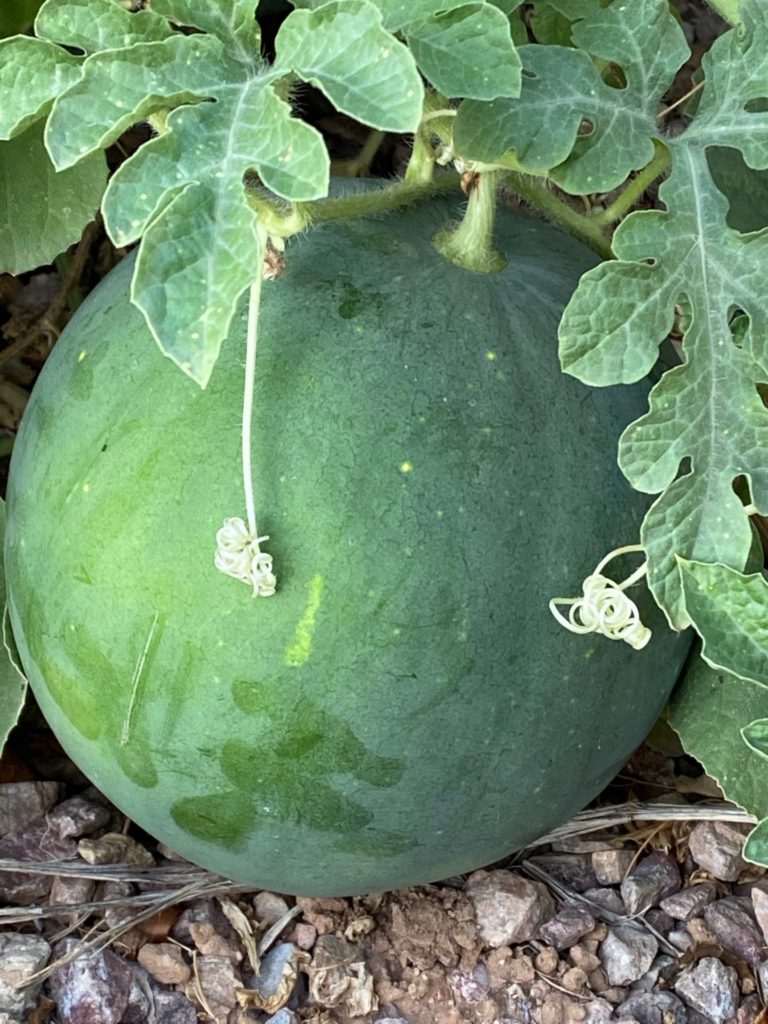
Fruit Trees
Pomegranate
Guava
Fig
Orange
Jujube
Grapefruit
Surinam Cherry
Barbados Cherry
Mulberry
Apple
Peach
Grapes
Apricot
Plum
Lemon
Pecan
Jackfruit
Olive
Jamaican Cherry
Veg, Fruit & Grain
Amaranth greens and grain
Egyptian Spinach
New Zealand spinach
Sweet potato greens
Okra
Winter & summer Squash
Pumpkins
Eggplant
Corn
Long beans( asparagus bean)
Cowpeas
Tepary Beans
Sunchokes
Melons
Sorghum
Millet
Ground Cherries
Herbs
Roselle
Oregano
Basil- all types
Lemongrass
Garlic Chives
Shiso perilla
Rosemary
Yarrow
Papalo
Vetiver grass
Curry Leaf
Notes
Young fruit trees should be protected for the first year until they are established before being exposed to full sun. Trees in containers will require a bit more shade or at least the containers need to be shaded. Also keep thee trunks of trees protected from sunburn.
Fruit trees such as apriums, plumcot . nectaplum and other crosses can also take full sun.
Squash and pumpkin blossoms, as well as melons, will not set fruit above 95 degrees, but fruit that has already set will continue to grow. In containers, some dappled shade is recommended.
Eggplants can take full sun, but fruit sometimes gets scorched, better with dappled shade or afternoon sun.
Get melons that are less prone to splitting. Native desert varieties always do well.
Water ground cherries very well to help them through the summer heat.
Kumquats and limes tend to be slightly more sensitive to both heat and cold. Some sun protection will be beneficial
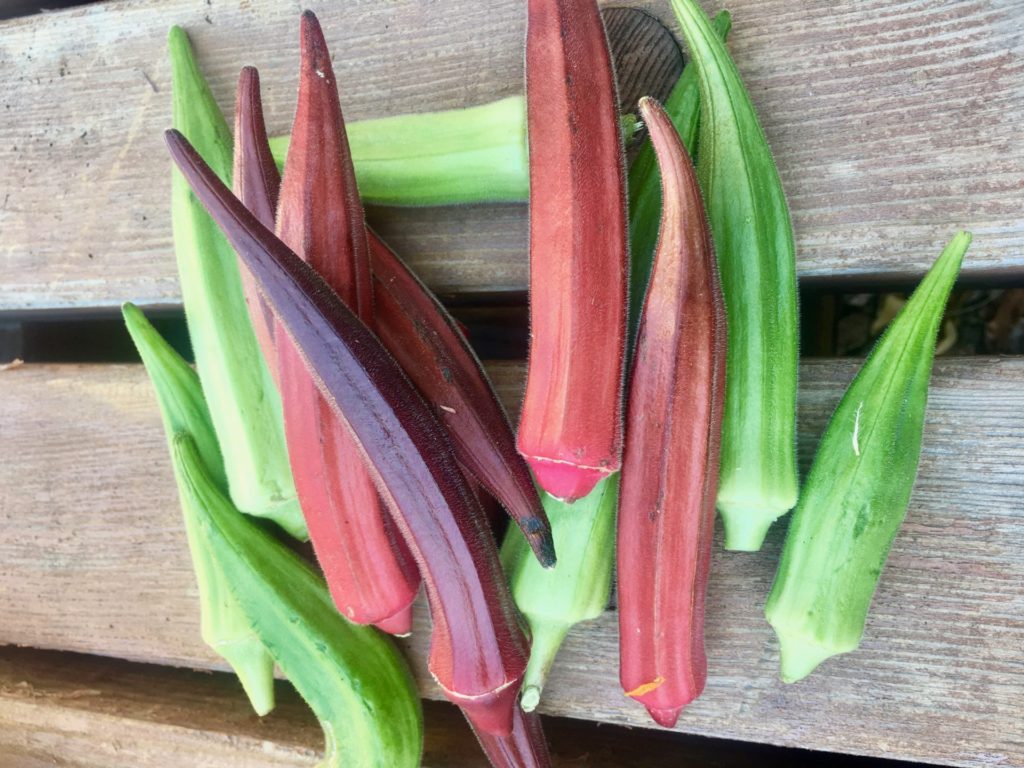
Flowers
Sunflowers
Mexican sunflowers
Zinnias
Mexican Hats
Ganzanias
Indian Blanket flower(gaillardia)
Vinca
Celosia
Gomphrena(Globe amaranth)
Roses
Chocolate flower
Coreopsis
Angelonia
Lisianthus
Desert Marigold
Arizona Poppy(Caltrops)
Portuluca
Rudbeckia
Butterfly bush
Dahlberg daisies
Palmers and Perry’s penstemons
Guara
Green Manures & Ground Covers
Purselane
Daikon
Amaranth
Sorghum
Buckwheat
Cowpeas
Strawberry clover
Miscellaneous
Sugar Cane
Moringa
Luffa
Pigeon Peas
Grapes
Passionfruit
Huauzontle
Gourds
Prickly Pear
Notes
The list of flowers includes annuals and perennials and even some shrubs. Dessert native plants are always a winner in this climate.
Matt Powers, Permaculture Educator and author of several books does a blend of daikon, orange giant amaranth, Mennonite sorghum, buckwheat, and cowpeas. He calls it the five cousins and it is his recipe for making soil and healing the land. He states that the cowpeas add nitrogen and biomass. Buckwheat accelerates cowpea nitrogen fixation and growth, and adds trace minerals and nutrients. In addition, it can access inaccessible pools of phosphorus in the soil. Daikon radish acts as a biological tiller and deep composter. Sorghum for C4 grass (warm climate grasses) functions as biomass. Amaranth for bird and pollinator food and after a certain stage of leaf growth, they too, act as a C4 grass.
Huauzontle is an edible green that can be dry-farmed( will do better with water in our desert conditions), and is tolerant of extreme summer heat.
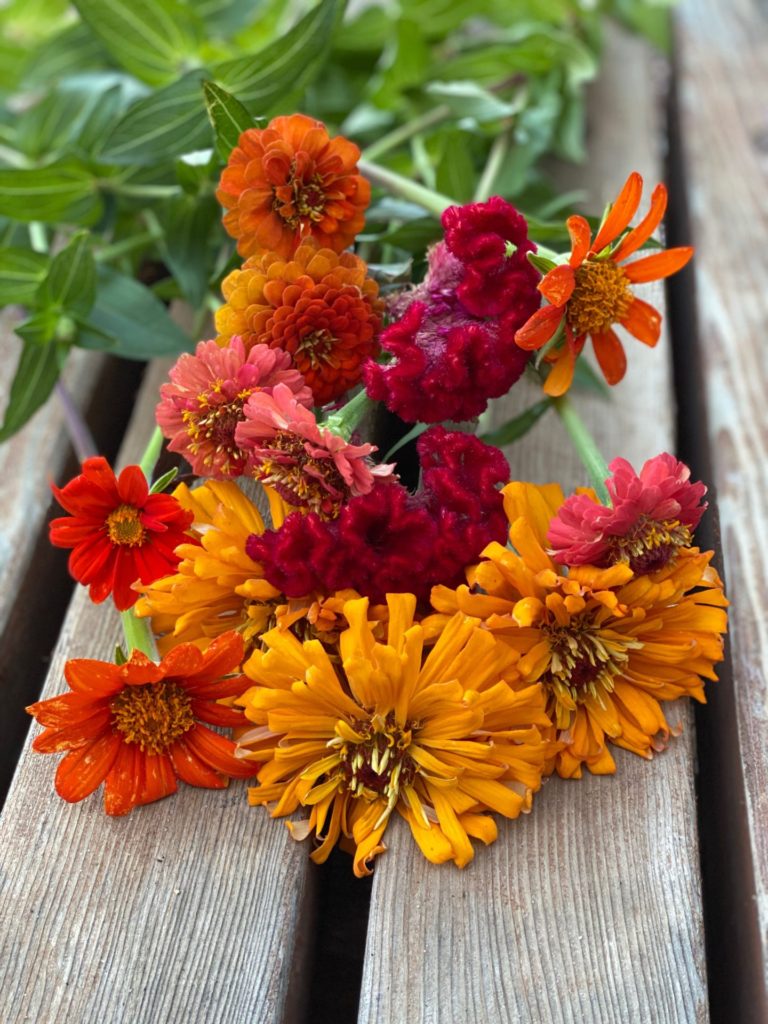

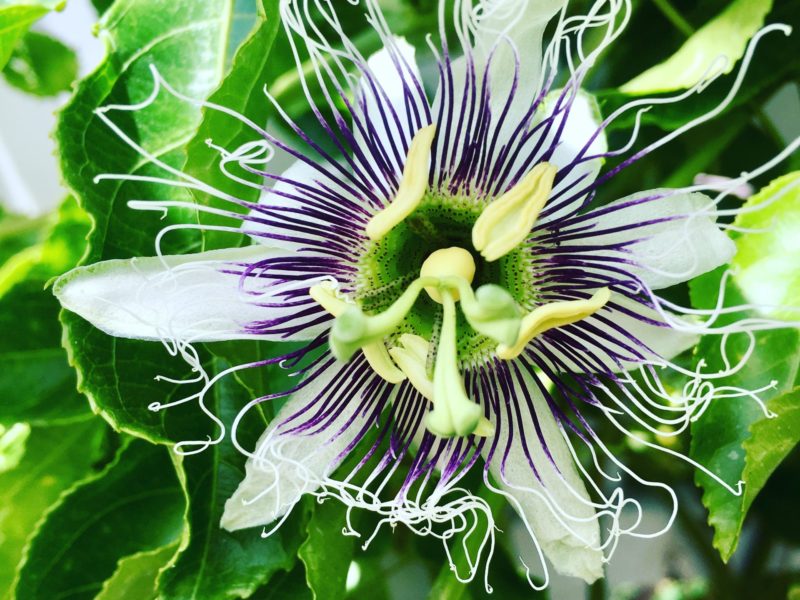
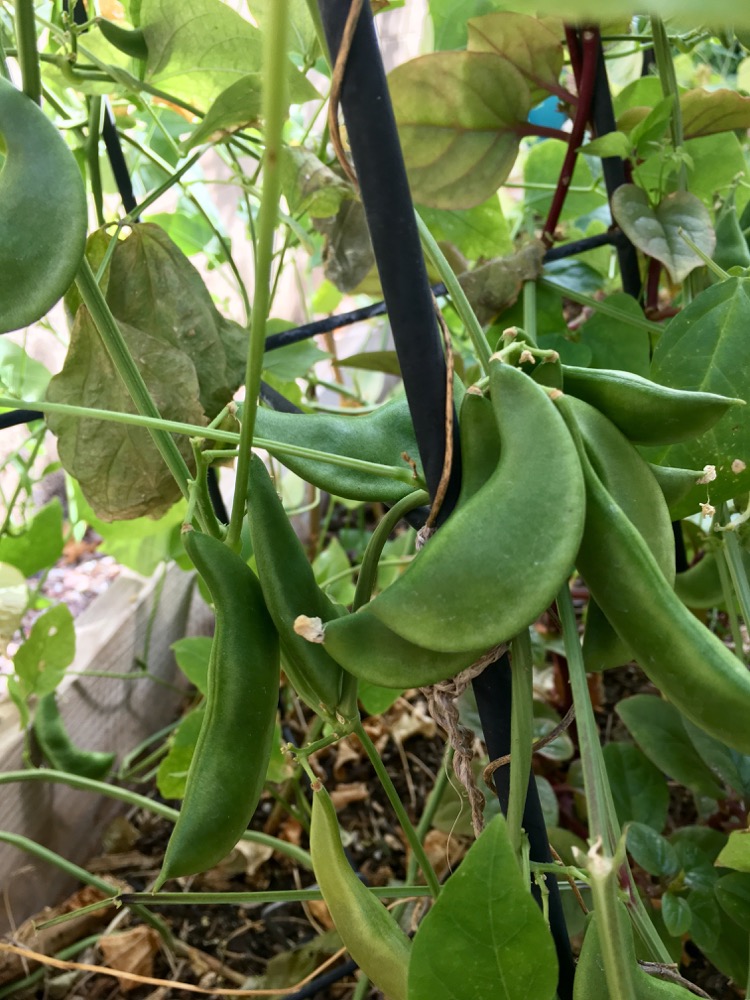
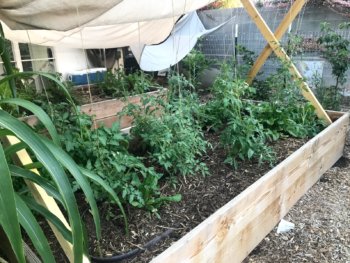
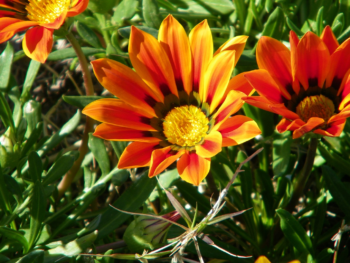
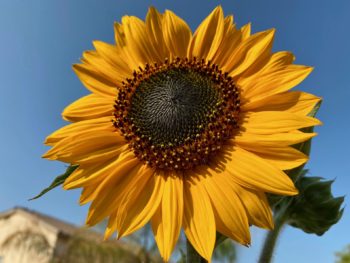
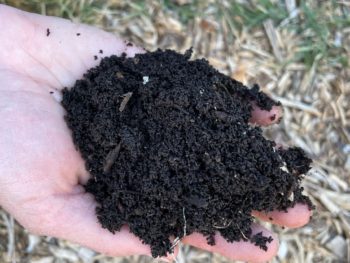
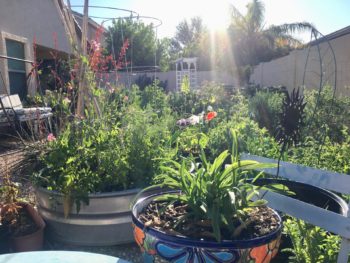

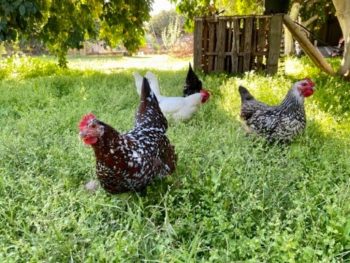
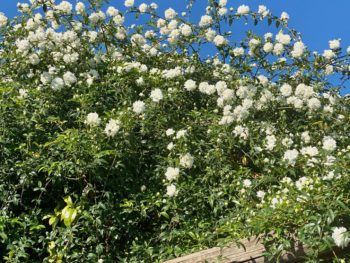
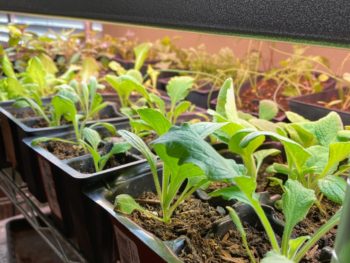
 How to Make Smudge Sticks with Backyard Plants
How to Make Smudge Sticks with Backyard Plants